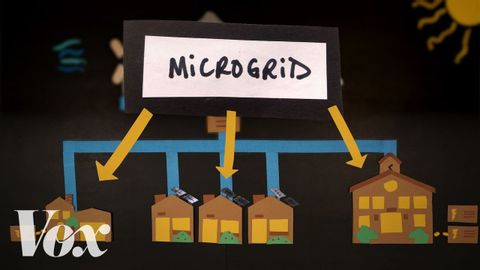
Subtitles & vocabulary
How to fix our unreliable power grid
00
林宜悉 posted on 2020/08/12Save
Video vocabulary
present
US /ˈprɛznt/
・
UK /'preznt/
- Adjective
- Being in attendance; being there; having turned up
- Being in a particular place; existing or occurring now.
- Noun
- Gift
- Verb tense indicating an action is happening now
A1TOEIC
More basically
US /ˈbesɪkəli,-kli/
・
UK /ˈbeɪsɪkli/
- Adverb
- Used before you explain something simply, clearly
- In essence; when you consider the most important aspects of something.
A2
More fragile
US /ˈfrædʒəl, -ˌaɪl/
・
UK /'frædʒaɪl/
- Adjective
- Easily affected, broken, or harmed
- Weak or delicate; easily damaged in health
B2TOEIC
More resilient
US /rɪˈzɪljənt/
・
UK /rɪ'zɪlɪənt/
- Adjective
- Recovering quickly from something bad
- Able to withstand or recover quickly from difficult conditions.
B2
More Use Energy
Unlock All Vocabulary
Unlock pronunciation, explanations, and filters
